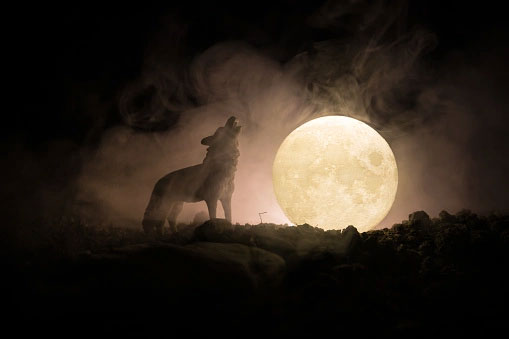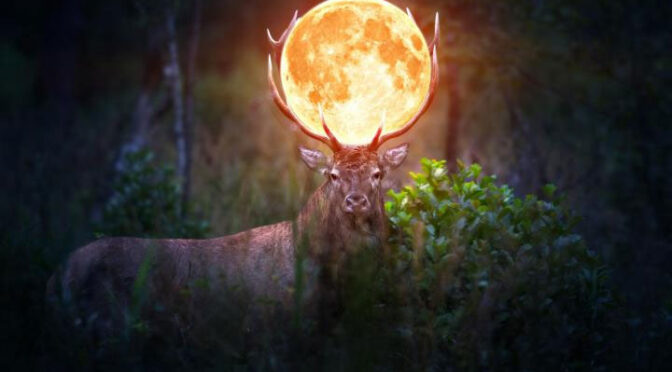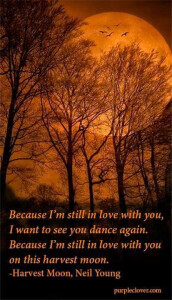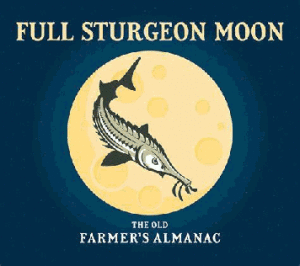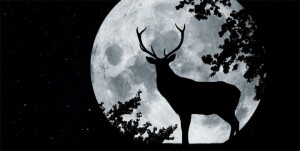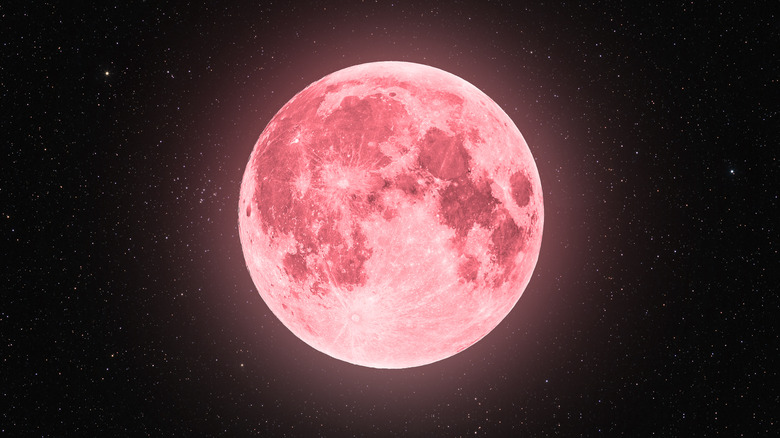
Most information is from The Old Farmer’s Almanac
“This year, look for September’s full Harvest Moon to appear just after sunset on Thursday, September 28. It then reaches peak illumination at 5:58 A.M. Eastern Time on Friday the 29th, drifting below the horizon shortly thereafter.”
The full Moon rises the morning of September 29, 2023. Strange things happen around this Moon, which always follows the autumnal equinox. The intervals between moonrises get really short. Learn more—and find out why it’s called the Harvest Moon.
When to See the Full Moon in September 2023
This year, look for September’s full Harvest Moon to appear just after sunset on Thursday, September 28. It then reaches peak illumination at 5:58 A.M. Eastern Time on Friday the 29th, drifting below the horizon shortly thereafter.
Why Is It Called the Harvest Moon?
The full Moon names used by The Old Farmer’s Almanac come from a number of places, including Native American, Colonial American, and European sources. Traditionally, each full Moon name was applied to the entire lunar month in which it occurred and through all of the Moon’s phases—not only the full Moon. The Harvest Moon, however, is a bit different!
The Harvest Moon
The full Moon that happens nearest to the fall equinox (September 22 or 23) always takes on the name “Harvest Moon.” Unlike other full Moons, this full Moon rises at nearly the same time—around sunset—for several evenings in a row, giving farmers several extra evenings of moonlight and allowing them to finish their harvests before the frosts of fall arrive. Read more about the Harvest Moon!
While September’s full Moon is usually known as the Harvest Moon, if October’s full Moon happens to occur closer to the equinox than September’s, it takes on the name “Harvest Moon” instead. In this case, September’s full Moon is referred to as the Corn Moon.
The Corn Moon
This time of year—late summer into early fall—corresponds with the time of harvesting corn in much of the northern United States. For this reason, a number of Native American peoples traditionally used some variation of the name “Corn Moon” to refer to the Moon of either August or September. Examples include Corn Maker Moon (Western Abenaki) and Corn Harvest Moon (Dakota).
Alternative September Moon Names
Other Moon names for this month highlight how September is the transitional period between summer and fall:
- Autumn Moon (Cree)
- Falling Leaves Moon (Ojibwe)
- Leaves Turning Moon (Anishinaabe)
- Moon of Brown Leaves (Lakota)
- Yellow Leaf Moon (Assiniboine)
The behavior of animals is also a common theme, with Child Moon (Tlingit) referring to the time when young animals are weaned, and Mating Moon and Rutting Moon (both Cree) describing the time of year when certain animals, like moose, elk, and deer, are looking to mate.
→ Read more about full Moon names and their traditional meanings here.
Moon Phases for September 2023
Here are the Moon phase dates and times (EDT) for the month of September. Check our Moon Phase Calendar for dates and times in your city.
